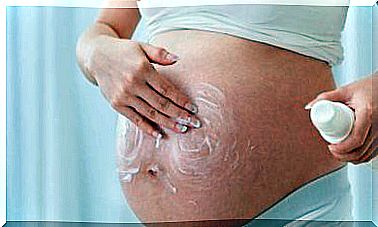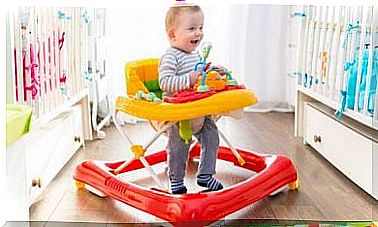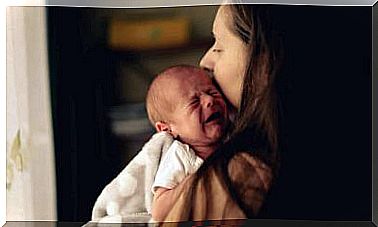How Can I Naturally Detect If My Child Has A Fever?
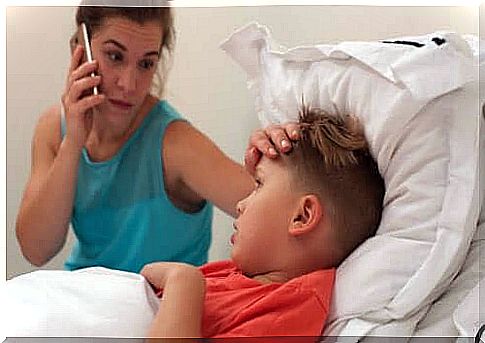
Children often complain that they are not doing well. In most cases, this can happen because they have a high body temperature. This situation can catch you off guard and without a thermometer handy. So in this article, we’ll show you how to naturally detect if your child has a fever.
Certainly, every mother should know that there are some natural methods that can help to know if the child is a few degrees above. However, their reliability is never the same as using a thermometer. We’ll tell you everything you need to know next.
How can I naturally detect if my child has a fever?
Here are some ways to naturally detect if a child has a fever:
1. Put your hand on your forehead
First, you must know that the skin feels warm to the touch. Therefore, it is helpful to place your hand on the child’s forehead or another part of the body, as when the child has a fever, there is an increase in body temperature.
If the child has a fever, you will feel that the child is noticeably warmer than normal. The forehead may even be dry or wet with sweat.
However, one study confirmed that, as a detection procedure, touch seriously overestimates the incidence of fever. The good thing about these cases is that a few extra degrees will rarely be overlooked.

2. Dehydration
Another natural way to detect fever is to assess whether the child is very thirsty or has a dry mouth, as people with a fever are at high risk of dehydration. Likewise, the color of the urine can also help determine if there has been a case of dehydration and a rise in body temperature.
So remember that if you notice that your child’s urine is very yellow, this could be a telltale sign that your child is dehydrated and has a little fever. On the contrary, a urine that is darker than usual can also cause an excessive temperature.
3. Skin color
In general, the increase in body temperature caused by fever causes the skin on the face to become reddened, especially in the cheek area. However, you should keep in mind that if your child’s skin is darker, it will be more difficult to notice the redness.
4. Respiratory frequency
Fourth, respiratory rate is another way to measure fever without using a thermometer. By controlling pulse rates, it is possible to tell if a child has a higher temperature than normal.
However, you should know what your usual heart rate is. Also, it is necessary to know that the pulse rate usually increases when a child has a fever. Without a doubt, this is one of the most reliable ways to know naturally if a child has a fever.
Tips for taking your temperature by touching your forehead or neck
Touch is the most commonly used natural method to determine whether a child has a fever or not. The procedure is very simple and involves just touching the child’s forehead or neck to feel if it is warmer than normal.
Anyway, there are some aspects you should take into consideration to ensure the correct use of this technique:
- Always use the palm of your hand as the skin on the palm is not as sensitive as other areas.
- Do not touch the child’s hands or feet to detect fever, as the extremities of the body may be cold while the body temperature is high.
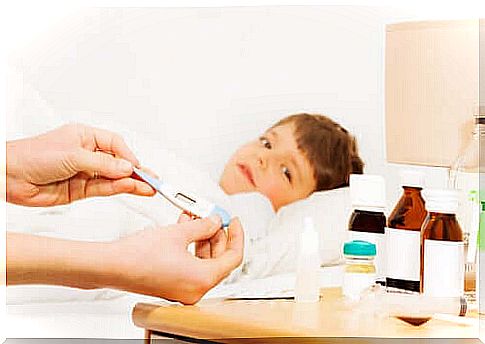
- The feeling of heat cannot help you to accurately determine if your child is suffering from high temperatures. In fact, sometimes the skin can get very hot while the child is in perfect health and, conversely, when he has a fever, the skin can be cold.
- Be sure to touch the child when he is in a room with room temperature, not too cold or too hot. Likewise, do not use this technique on children who have sweated after exercising.
Finally, remember that the methods outlined above for detecting fever in children are not entirely reliable. Therefore, it is advisable to always use a thermometer as the only reliable indicator. However, if you suspect that there may be a temperature rise, the most important thing is to see your doctor right away.




